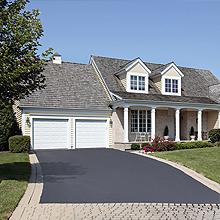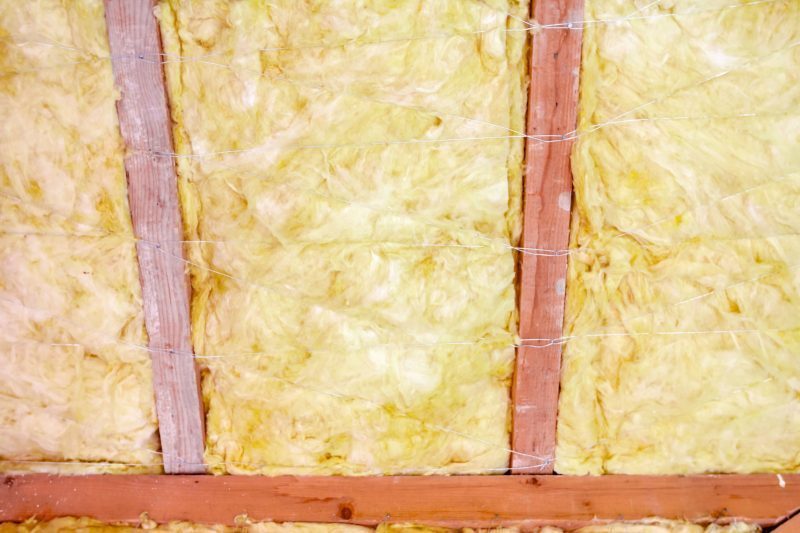When it comes to healthy gardens and lawns for commercial properties, ensuring correct draining is always an important factor. Areas that are draining too rapidly, particularly when there are frequent, heavy rains can lead to soil erosion while areas that are holding water and not draining will have issues with plant and grass death or poor growth.
The key to preventing drainage problems on your commercial landscape is to work with a top landscaping service. These companies will take the time to prepare the lawn and garden areas with the optimal slope and grade to allow consistent, effective draining and moisture retention, given the soil type as well as the specific plants or lawn in the area.
Signs of Drainage Problems and Solutions
The easiest to see issues with drainage problems on your commercial landscape is to see water pooling in particular areas of the property. These low-lying areas may be difficult to see in the days after a heavy rain or watering, but immediately after they will have water that is visible on the surface. They will also stay muddy and soft much longer than the other areas of the grass.
Correcting these problems starts with either developing a natural drainage option to move water away from the lower spots or adding soil to create a higher elevation and prevent the water from pooling.
Soil erosion or the washing away of the soil can be seen by muddy water rather than clear water draining from the property as well as gullies or depressions forming in the areas of runoff. Commonly, where the soil washes away, the ground will crack and be extremely sparsely covered with any grass or vegetation.
To prevent these types of drainage problems on your commercial landscape, landscapers have several techniques that can be used. Soil can be brought in to grade the landscaped area and slow down the movement of water. Plants, mulch and retaining walls can also be used to slow down or stop runoff from occurring and allowing vegetation to thrive.

